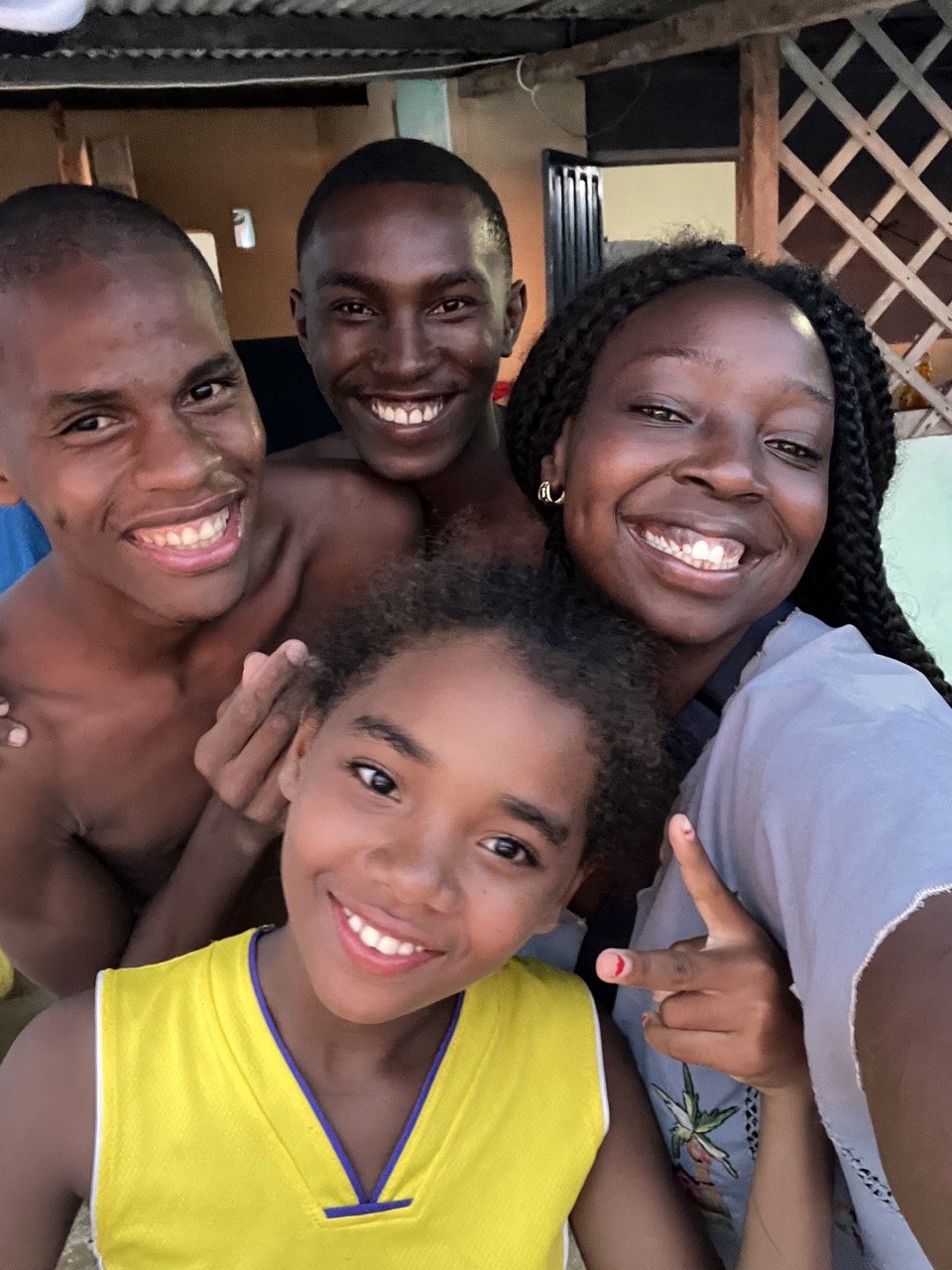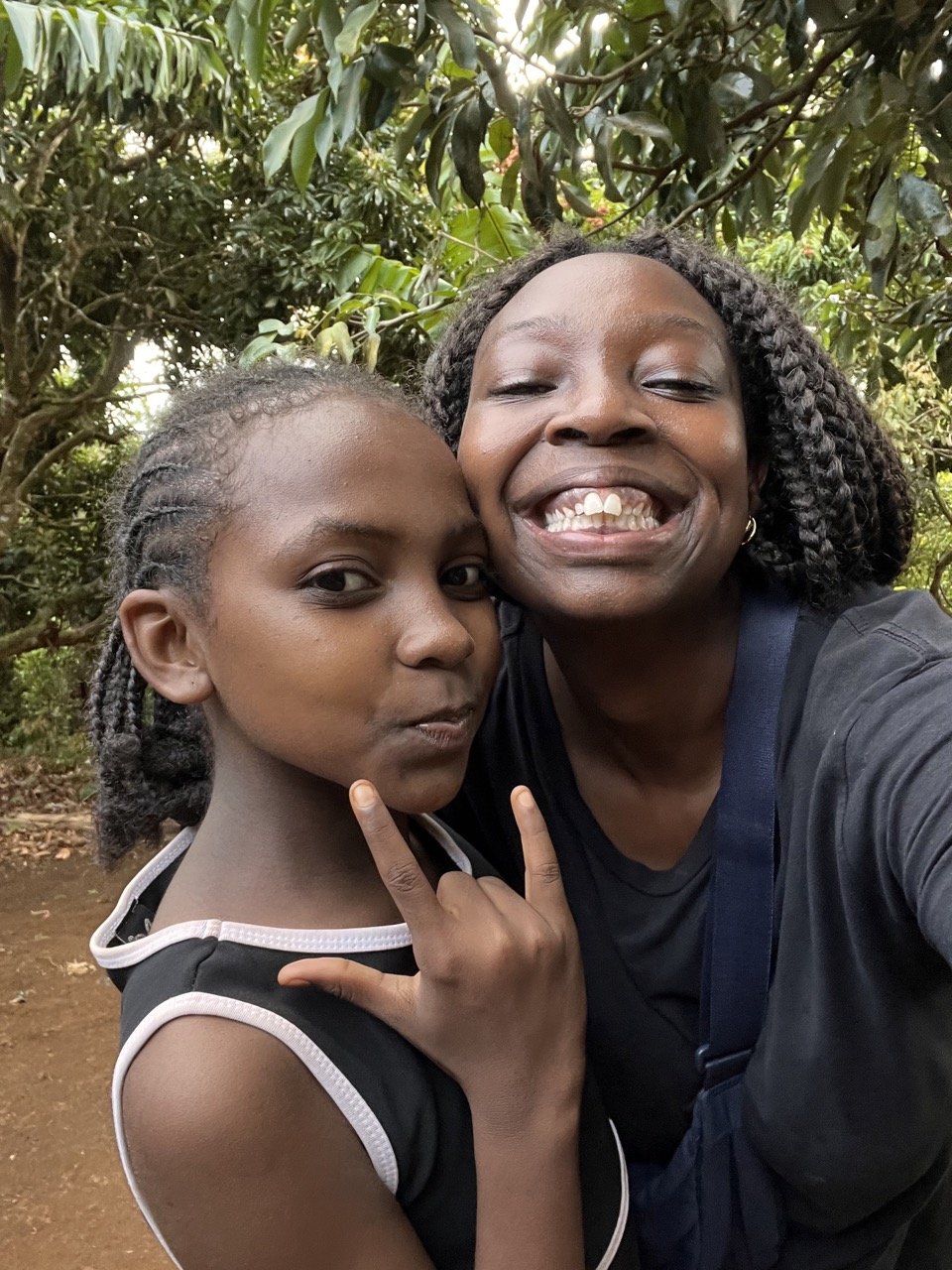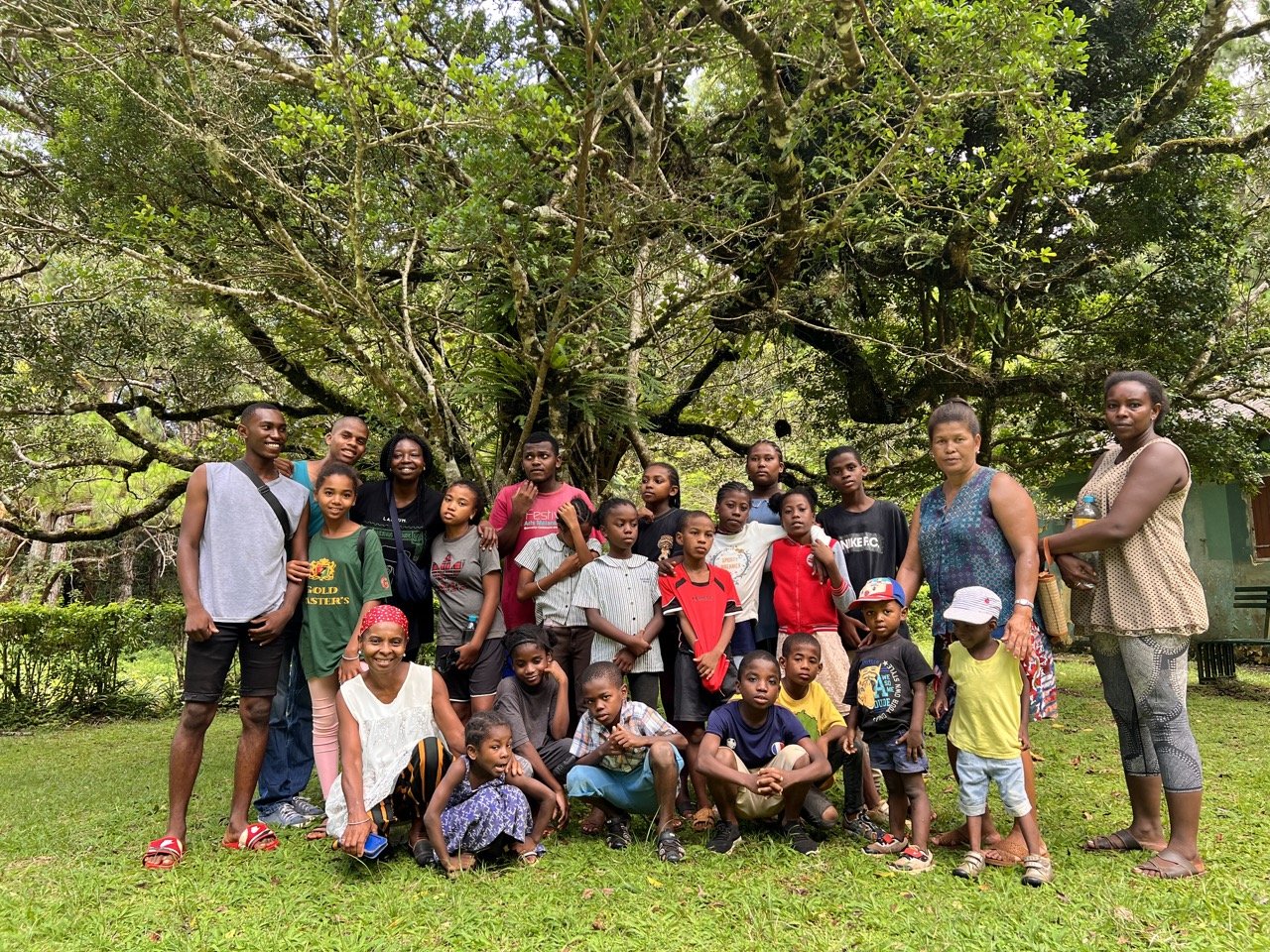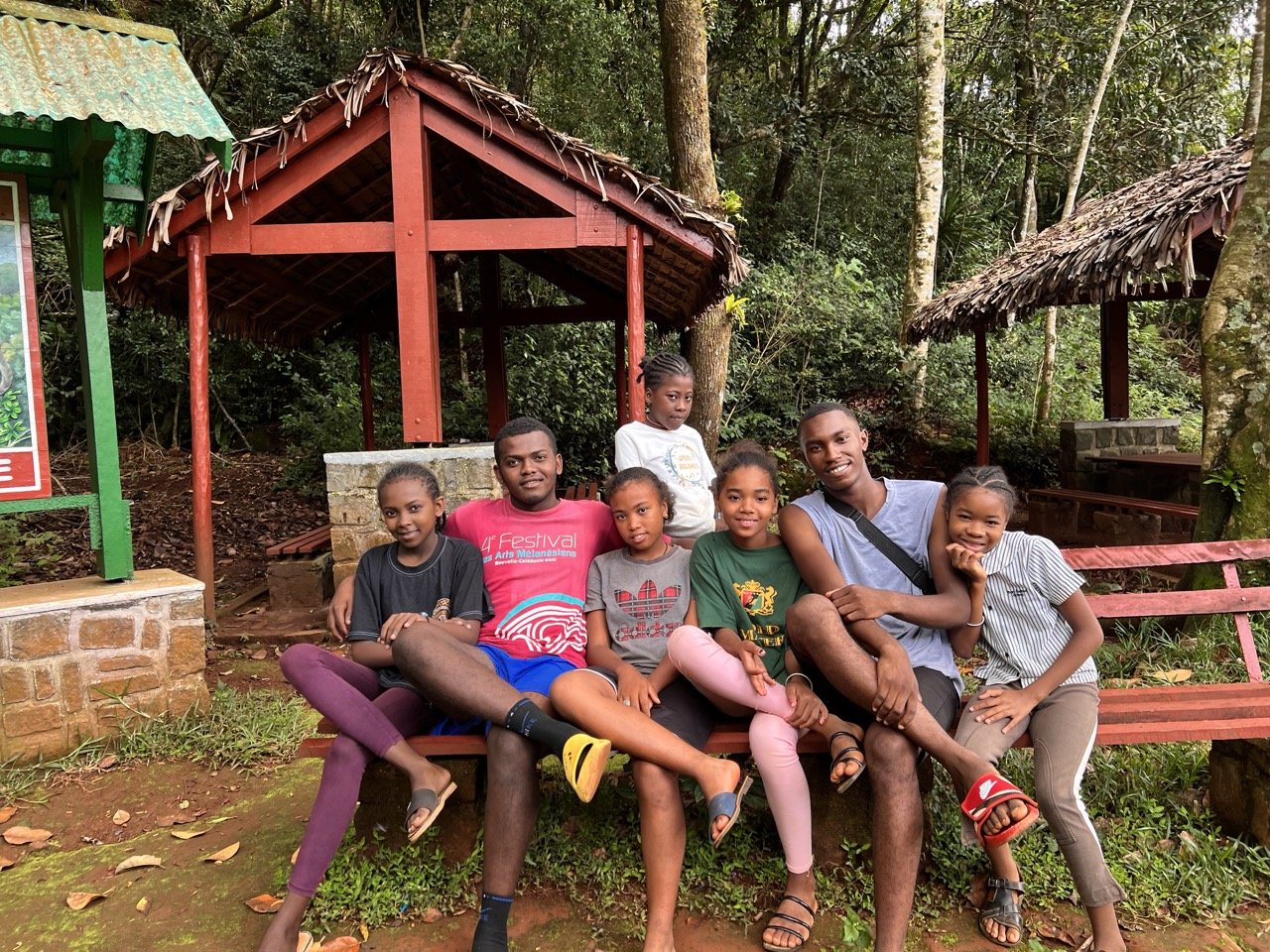Africa’s Youthquake: The Untapped Power of a Young Continent
For the past ten years, I’ve had the privilege of visiting Madagascar, an island that’s as rich in biodiversity as it is in spirit. But it wasn’t until a recent New Year’s Eve in Diego Suarez that something struck me: the streets were overflowing with children. They were out celebrating with their families, and the energy was electric. The sheer number of young faces made one thing undeniable: Africa’s future is being written right now by its youth.
Africa is the world’s youngest continent, with over 60% of its population under 25. By 2050, one in every three young people on Earth will be African. In Madagascar alone, more than 40% of the population is under 15.
These numbers aren’t a crisis, they’re an opportunity. The question isn’t “What are we going to do with this mass unemployment?” but rather “How do we ensure they have the platforms they need to lead?”
What strikes me most about Africa’s youth isn’t what they lack; it’s what they already have: ingenuity, resilience, and an entrepreneurial spirit. From tech hubs in Lagos to fashion collectives in Johannesburg, young Africans are already shaping the future. But imagine if more of that energy was channeled into locally rooted, globally connected industries. Imagine if young people in places like Madagascar had access to creative economies that amplified their talents rather than forcing them to leave.
My vision? Sustainable, community-driven industries that turn raw potential into real opportunity.
Take kapok, a natural fiber abundant in Madagascar. What if we built small-scale textile labs where young designers could experiment with kapok and recycled fabrics, creating eco-conscious fashion while keeping wealth within their communities? Or consider digital storytelling: what if we equipped young creatives with the tools to share Africa’s narratives on their own terms, turning culture into commerce?
This is about investing in what’s already there: the talent, the raw materials, the hunger to create.
Before large-scale ventures can flourish, we need to strengthen the bridges between local creativity and global markets. That’s why I’m focused on growing Stories We Cherish, a brand that doesn’t just sell products but builds ecosystems where African artists, designers, and storytellers thrive.
But this is bigger than one initiative. It’s about proving that Africa’s youth don’t need fixing; they need platforms.
Africa’s youthquake isn’t a problem to solve, it’s the most exciting economic and cultural shift of our lifetime. The world should be watching, not with worry, but with anticipation:
- What new industries will emerge from this generation?
- What innovations will they bring to global challenges?
- How will their creativity reshape culture, business, and technology?
The streets of Diego Suarez gave me a glimpse of the raw material of the future. The real question is: Are we ready to meet it?
The answer starts with believing in what’s already there and building from there.



